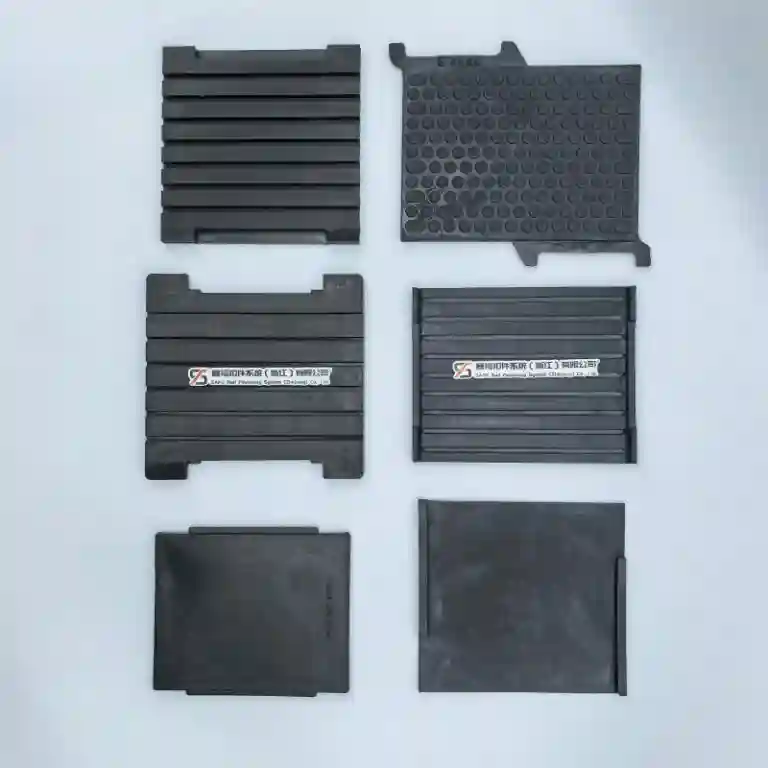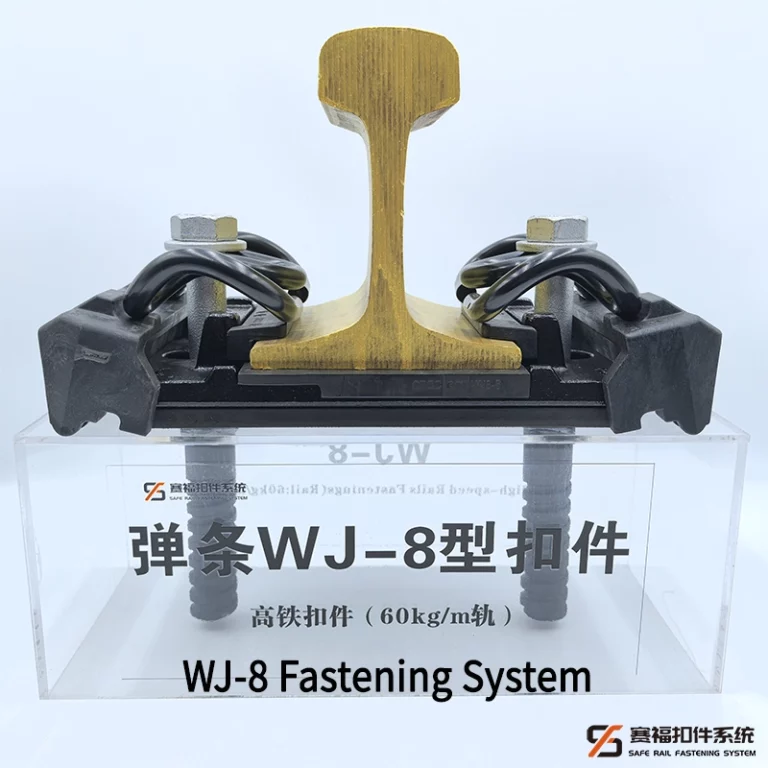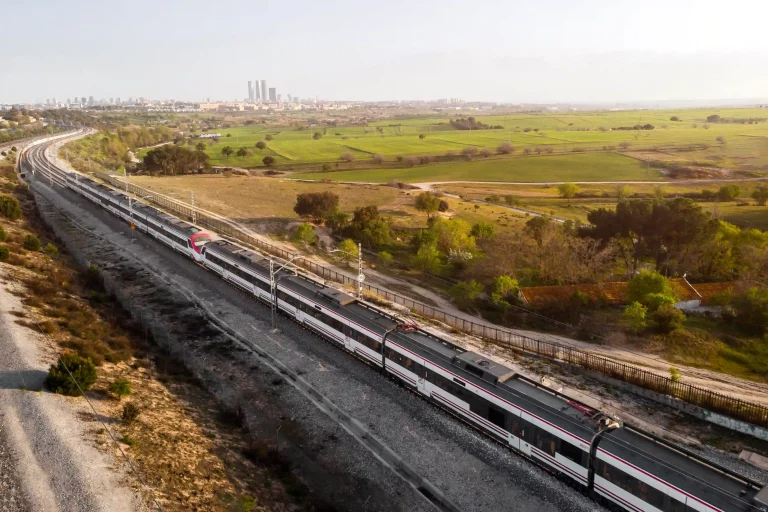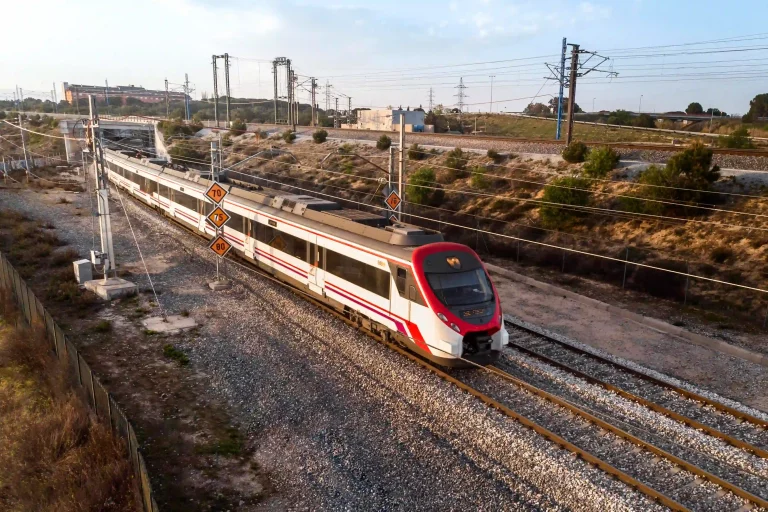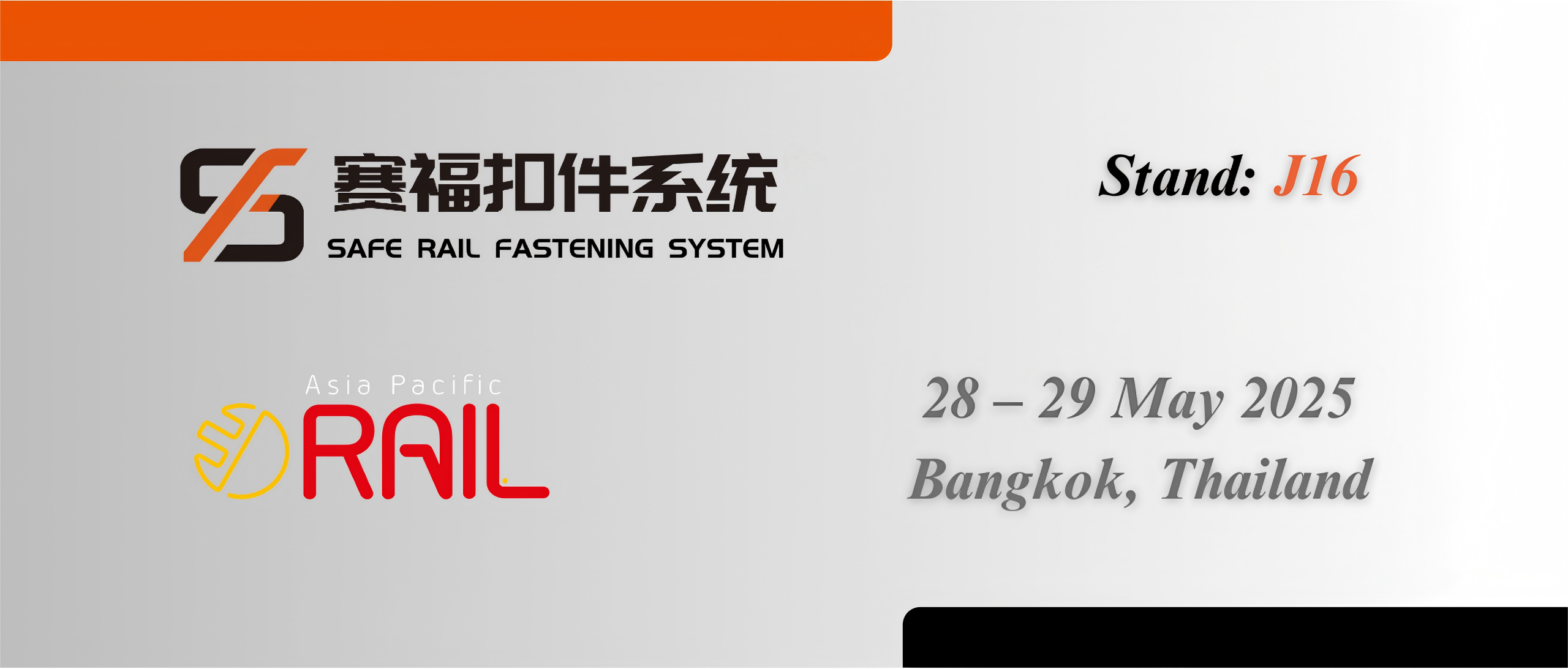When choosing rubber pads for railway projects, it’s important to know about ASTM and EN standards to guarantee quality. Performance, these guidelines play a role in helping manufacturers and engineers produce dependable and long-lasting rail parts. Now let’s delve into the main distinctions between them.
Overview of ASTM Standards in Rail Pads
Choosing the rubber cushion for your railway project requires a good grasp of the ASTM standard’s significance. The American Society for Testing and Materials (ASTMTA) provides a framework of rules that guarantee the excellence and safety of materials in rail cushions. These guidelines are crucial, for manufacturers and engineers striving to create long-lasting railway parts.
Overview of EN Standards in Rail Pads
The European Norm (EN) which provides guidelines for rail pads in railway systems is significant for ensuring uniform technical specifications and safety measures across Europe and is typically compulsory for projects within the European Union.
How Do ASTM and EN Standards Differ for Rail Pads?
Knowing the variances between ASTM and EN regulations could greatly affect your selection of rail pads as they play a role in guaranteeing safety and efficiency for your project’s success.
Material Specifications
ASTM guidelines usually center on characteristics of materials like strength under tension and resilience to conditions when it comes to rail pad material properties testing requirements aim to guarantee durability, against different stress factors in the long run. On the other hand, EN standards might focus more on how well materials blend with other parts of the railway system ensuring smooth integration and operational effectiveness.
Testing Methods
When conducting tests according to ASTM standards testing methods here usually stick to procedures to assess how durable and well materials perform in various situations. This may involve examining fatigue performance well as how materials hold up under hot air aging conditions and insulation resistance testing. In contrast, to this approach, the EN standards might involve comprehensive testing methods that evaluate how well the entire system performs. This could include looking at reducing noise emissions and ensuring passenger comfort is taken into account.
How to Decide Between ASTM and EN Standards for Your Project?
Deciding between ASTM and EN standards involves evaluating the particular requirements of your project, taking into account various factors to ensure that your choice is in line with the goals of your project.
Project-Specific Requirements
The location of your project will be a factor in deciding which set of rules to adhere to. The use of ASTM standards may be more suitable for projects based in North America because of regulatory needs. On the other hand, European projects will probably have to meet EN standards. Also, take into account any specific project needs like reducing noise emissions or cutting maintenance costs that may fit better with one standard than the other.
Cost Considerations
When choosing between ASTM and EN standards cost plays a role as it impacts both upfront material expenses and future maintenance costs as well. SAFE Rail Fastening System (Zhejiang), known for its expertise and modern production capabilities showcased by its automated 3D warehouse and top-notch raw materials usage, provides solutions that comply with both standards while prioritizing cost effectiveness through advanced manufacturing methods.
Consider the advantages of each option regarding your project’s budget and future objectives while making your decision on which standard to choose for your rail project’s rubber pad needs to ensure compliance and enhance performance and cost efficiency over time.
Why Is Choosing the Right Standard Important for Your Rail Project?
Choosing the standards for your railway project is vital to guarantee safety and effectiveness in operation. The standards you opt for will determine the quality of the materials used in construction and the testing methods applied to ensure the reliability of your railway parts. This choice can significantly impact the outcome of your project’s success.
Impact on Safety and Performance
Ensuring safety is crucial in every railway undertaking. The appropriate standard guarantees that the materials utilized, such as rubber pads, satisfy safety criteria. ASTM standards emphasize material characteristics such as tensile strength and durability against environmental elements. These factors are vital for upholding safety, in the run. Conversely, the EN standards highlight system harmonization and incorporation to improve efficiency.
Quality is also a factor to think about when it comes to rail components’ effectiveness in different situations; the guidelines you follow can impact their performance significantly. ASTM’s strict testing processes guarantee that materials can handle challenges like fatigue and aging effectively. On the other hand, EN standards might provide valuable information on how the system as a whole performs measures, like noise reduction.
Compliance with Regional Regulations
Meeting regulations is usually a must-do thing without much room for negotiation in different parts of the world. For instance, in North America projects have to follow ASTM standards because of requirements set by local authorities. On the other hand, projects in the European Union need to stick to EN standards to align with regional rules. Knowing these regulatory scenarios is crucial to make sure your project moves forward smoothly without any legal or operational hiccups.
SAFE: A Reliable Supplier for Railway Rubber Pads
Ensuring you have top-notch rubber pads for your railway endeavor is vital; team up with a supplier to secure quality products like those from the renowned SAFE Rail Fastening System (Zhejiang) Co., Ltd., known for their adherence to ASTM and EN standards.
Company Overview
SAFE Rail Fastening System (Zhejiang), located strategically in China’s Zhejiang Province, is known for its manufacturing expertise, hub boasts a yearly production capacity of more than 5 million sets of rail fastening systems and features an automated 3D warehouse with the capability to store up to 30 thousand tons of products. Showcasing SAFE’s dedication to efficiency and scalability.
Product Offerings
SAFE offers a selection of products designed specifically for different railway needs, such as high-speed rails and metro systems. They provide rail fastening systems and engineering equipment made from top-notch materials supplied by leading companies.
Commitment to Quality and Innovation
SAFE demonstrates its commitment to excellence by following the ISO9001 Quality Management System and adhering to the ISO14001 Environmental Management System and IS045001 Occupational Health Management System standards diligently. Through production management practices emphasizing quality and standards compliance, SAFE has designed a robust performance management framework and integrated cutting-edge systems, like the ERP Management System and JIT Production Management Method.
The company’s dedication to innovation is evident through its partnerships with universities to enhance growth across various industry domains, securing SAFE’s position as a leader in railroad technology advancements.
Conclusion
Deciding between ASTM and EN standards involves deliberation concerning the unique requirements of your project and the regulations in your region. By comprehending the distinctions between these standards and assessing aspects, like safety measures, performance indicators, and compliance prerequisites, you can arrive at a well-informed choice that resonates with your project’s goals.
Teaming up with a supplier such as SAFE Rail Fastening System ( Zhejiang ) Co., Ltd can boost the success of your project by offering top-notch products that adhere to both standards and offer cost effectiveness through advanced manufacturing methods.
FAQs on Choosing Rubber Pads for Rail Projects
Q1: What are the main differences between ASTM and EN standards?
ASTMF standards mainly center on characteristics of materials like how much they can stretch and their ability to withstand environments, while EN standards prioritize how materials interact within the rail system and might involve extra tests linked to overall system performance metrics, such as reducing noise emissions.
Q2: How do I know which standard is right for my project?
The location of your project will play a role in determining the appropriate standard to follow because of specific regional regulations that need to be adhered to there. Also keep in mind any project requirements like reducing noise or managing maintenance costs, which may be better suited for one standard over another.
Q3: Can a supplier help in choosing the right standard?
Certainly! A supplier with expertise, such as SAFE Rail Fastening System (located in Zhejiang province), can offer advice on selecting the most suitable standard for your project’s requirements by drawing from their significant background in producing rail parts that meet ASTM and EN standards guidelines effectively.



